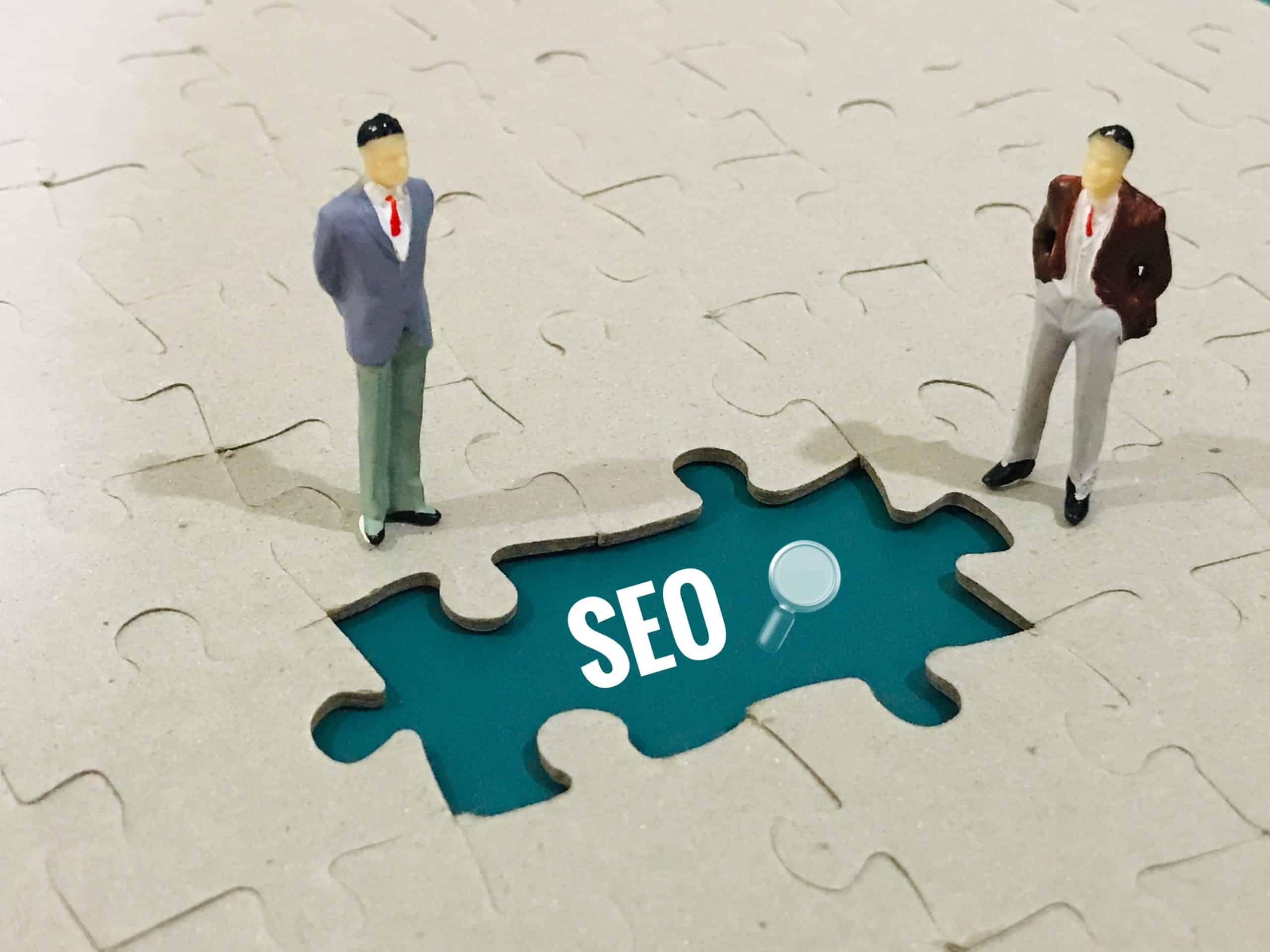How to Optimize Small Business Websites for Faster Load Times and Better User Experience?

In today’s digital age, the performance of your website can be a critical factor in the success of your business. If your website takes too long to load, it could lead to loss of potential customers, decreased user satisfaction, and harm to your SEO ratings. Hence, ensuring your website loads quickly is crucial. In this article, we will discuss techniques to improve your website’s speed and load times, thereby enhancing user experience and positively impacting your business success.
The Importance of Website Speed
Before we delve into the strategies to enhance your website’s performance, let’s first understand why website speed is crucial. Why should you, as a small business owner, invest time and resources into improving the speed of your site?
Cela peut vous intéresser : What Are the Key Strategies for Small Businesses to Build a Strong Online Community?
The answer is simple: speed matters. In our fast-paced world, users have come to expect instantaneous responses. If a website takes longer than three seconds to load, the likelihood of users abandoning the site increases dramatically. A slow website can lead to a poor user experience, reduced conversion rates, and a decrease in overall customer satisfaction.
Moreover, website speed is also a crucial factor in search engine optimization (SEO). Google, the biggest search engine, considers website speed as a ranking factor. Therefore, if your website is slow, it could be affecting your search engine rankings, making it harder for potential customers to find your business online.
A lire également : How Can Small Businesses Enhance Cybersecurity in an Increasingly Digital World?
Optimize Your Content for Faster Load Times
Content is king in the digital world. However, if your website’s content – including text, images, and videos – is not optimized for fast loading, it could affect your site’s performance.
High-resolution images and videos can significantly slow down a website. While they might look stunning, they often have large file sizes that take longer to load. Consider compressing your images and videos, or resizing them to a more suitable format. This can drastically reduce their file size and, consequently, reduce your website’s load times. Additionally, enabling lazy loading, a feature that only loads images when they’re about to enter the viewport, can also help improve your website speed.
You should also review your text content. If your website is loaded with heavy HTML, CSS, and JavaScript files, it can slow down your site. Minimize the use of these files where possible, and consider minifying your code to remove unnecessary characters and spaces.
Enhancing Server Performance
Your server plays a critical role in your website’s speed. If your server takes too long to respond to a request, it can significantly increase your website’s load times.
One of the most effective ways to improve server response time is to use a Content Delivery Network (CDN). A CDN is a network of servers that store copies of your website. When a user accesses your site, the CDN directs them to the server closest to them, reducing the time it takes for your website to load.
Another strategy to enhance server performance is through caching. Caching is the process of storing copies of files in a cache, or temporary storage space. When a user visits your website, the cached version of the website is served, which is typically faster than requesting the original files from the server.
Mobile Optimization: A Must in Today’s Digital Age
With more people accessing the web via mobile devices, it’s more important than ever to ensure your website is optimized for mobile use. A mobile-friendly website not only improves user experience but also has a positive impact on your SEO rankings, as Google prioritizes mobile-friendly sites in its search results.
To optimize your site for mobile, make sure your website design is responsive. This means that it automatically adapts to fit the screen size on which it’s viewed, whether it’s a desktop, tablet, or smartphone. You should also prioritize simplicity and ease of navigation. A complex, cluttered website can be challenging to navigate on a small mobile screen.
The Power of Regular Audits
To maintain a fast website, regular audits are necessary. Tools like Google PageSpeed Insights, GTmetrix, and Pingdom can give you a comprehensive understanding of your site’s performance. They provide insights into what’s slowing down your website and offer suggestions on how to improve it.
An audit can flag issues such as unnecessary plugins, outdated content, and slow server response times. By conducting regular audits, you can proactively address these issues and ensure your website remains fast and efficient.
Remember, a fast-loading website not only enhances user experience but also boosts your SEO rankings and overall business success. By optimizing your content, improving server performance, ensuring mobile optimization, and conducting regular audits, you can significantly improve your website’s speed and user experience.
Implementing HTTP/2 for Optimized Connections
Connection optimization is a vital aspect of enhancing your website’s load time and overall performance. Here, HTTP/2 protocol comes into play. HTTP/2 is a network protocol, basically a revision of HTTP/1.1, that allows multiple concurrent requests between the server and the browser. This is an advantage over HTTP/1.1, which allows only one request at a time.
With HTTP/2, your website can make multiple requests simultaneously, making it faster and more efficient. It means that even if one request takes time, others won’t be blocked, ensuring your site holds up well even under heavy traffic. This reduces the load time, leading to a superior user experience.
Moreover, HTTP/2 also supports server push. This feature allows the server to send resources to the client before they are explicitly requested. It predicts what the client might need next and sends it in advance, hence reducing the round-trip time.
To implement HTTP/2, you should check if your server and Content Delivery Network (CDN) support it. If they do, enabling it is typically as simple as flicking a switch in your settings. If not, consider upgrading your server or CDN to one that supports HTTP/2. Remember, upgrading your protocols to HTTP/2 is a significant step towards speed optimization.
The Role of a Reliable Hosting Provider
Choosing a reliable hosting provider is a critical factor in enhancing your website speed. As a small business, you might be tempted to opt for cheaper hosting plans. However, this could adversely impact your website’s performance.
A reliable hosting provider ensures that your website can handle multiple requests efficiently and quickly, improving load times. They offer sufficient bandwidth and processing power to ensure that your site performance is not compromised during peak traffic times.
In addition, good hosting providers also offer excellent technical support, ensuring that any issues affecting your site speed can be addressed promptly. They provide regular backups, security features, and uptime guarantees, which are crucial for maintaining a fast, secure, and reliable website.
Ensure your hosting provider uses the latest technologies and best practices for speed optimization. This includes the use of SSD drives, latest versions of PHP, and server-level caching.
Keep in mind, a reliable hosting provider can significantly boost your website’s load speed and overall performance. Therefore, investing in a good hosting provider can yield long-term benefits for your small business website.
Conclusion
In the digital age, having a fast-loading, highly-responsive website is not just an add-on but an integral part of a successful small business. It dramatically impacts user experience, conversion rates, and visibility on search engines.
Optimizing your small business website for faster load times involves a combination of strategies – from content optimization and improving server performance to ensuring mobile optimization and conducting regular audits. Implementing HTTP/2 for optimized connections and choosing a reliable hosting provider also play a critical role in enhancing website speed.
By following these best practices and focusing on speed optimization, you can create a superior browsing experience that keeps users coming back and helps improve your online visibility. After all, the faster your website loads, the quicker your customers can access what they’re looking for – leading to happier visitors, higher search engine rankings, and better business outcomes.
